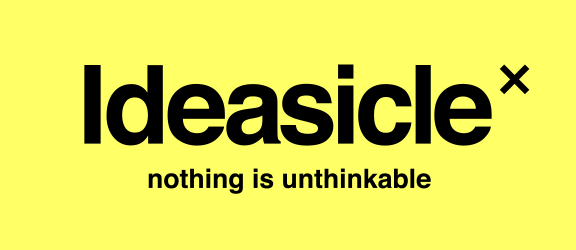Tarot Cards And Creativity Are Both About Forcing Coincidences
An unlikely metaphor, eh? Well, hear me out. My sister and I used to love doing Tarot card readings on each other. One of us would ask a question as we’re shuffling the cards, and then the other would lay out the cards from the top of the deck in the Celtic Cross formation. We’d go through each card in each position and be blown away by how relevant the cards would be to the question at hand. As soon as the meaning of the card was read aloud the question-asker would make a fantastic connection to the foundation of the question. It was truly incredible sometimes, as if these cards were magic.
But now many, many years later, and after studying another powerful force, creativity, and how/when inspiration strikes, I think differently about those cards. Not that I don’t think they work, they definitely do. But I’ve rethought why they work. It’s less that the cards retain some mystical, magical force and more that we are paying attention and actively looking for connections. The cards and the Celtic Cross create an “arena of focus” so that coincidences can then happen. And, let’s face it, all “coincidences” feel magical, even if they are really our own focus and inspiration at play.
This dynamic of providing an arena of focus to increase the odds of inspiration is exactly what the Ideasicle X platform provides to the teams of four who work on an idea assignment.
The assignment is the “question.”
The assignment a customer briefs in to the team is effectively the question a subject asks a Tarot card reader. It’s the context, the galvanizing force, the place upon which mental energy will be expended during the course of the session. The more potent and inspiring the brief is, the more energy will be devoted to it and the more connections (coincidences?) will be made.
The Idea Stream is the Celtic Cross.
The Idea Stream
When an idea is posted by a freelancer within Ideasicle X, it shows up on what we call the Idea Stream (see photo). The newest ideas at the top of the feed. And what you end up with is a “stream” of nested, organized, idea threads, each thread including the original idea and the many inspired builds and riffs from the rest of the team beneath it. The Idea Stream is what provides the same “arena of focus” as does the Celtic Cross in Tarot.
When an idea is posted on the Idea Stream, that idea serves as the “Tarot card” of inspiration for the rest of the team. One idea will have meaning—different meanings to the different freelancers—as it relates to the assignment. And each of the teammates will be inspired by the idea in different ways, again as it relates to their understanding of the assignment.
Ideas beget ideas and with the central focus of the team on the Idea Stream, it’s a constant series of idea collisions that ultimately feel like magical coincidences.
The reaction to the ideas by the customer is the “answer.”
One 3-5-day idea session can yield 30-50 ideas. It’s nuts. But there is an important and healthy therapy for the customer in reviewing these ideas. It’s similar to a sculptor who has a giant slab of marble in front of him and then proceeds to remove all the pieces that are not the horse. The 30-50 ideas are the marble slab and the reactions to these ideas—embraced or discarded—is how the customer learns/discovers who the brand really is (and is not) and even what he or she likes and doesn’t like. The ultimate idea chosen for production is effectively the “answer” to a Tarot card reading, although it requires a bit more work than just revealing a card and it’s meaning!
I often say that “the magic of Ideasicle X is in the building and riffing.” But it’s really not magic at all. It’s simply a powerful way to get four brilliant minds to pay attention to a problem at the same time and inspire each other one card/idea at a time.
But it’s okay if you still think it’s magic.
Will Burns is the Founder & CEO of Ideasicle X. Follow him on Twitter @WillOBurns.



